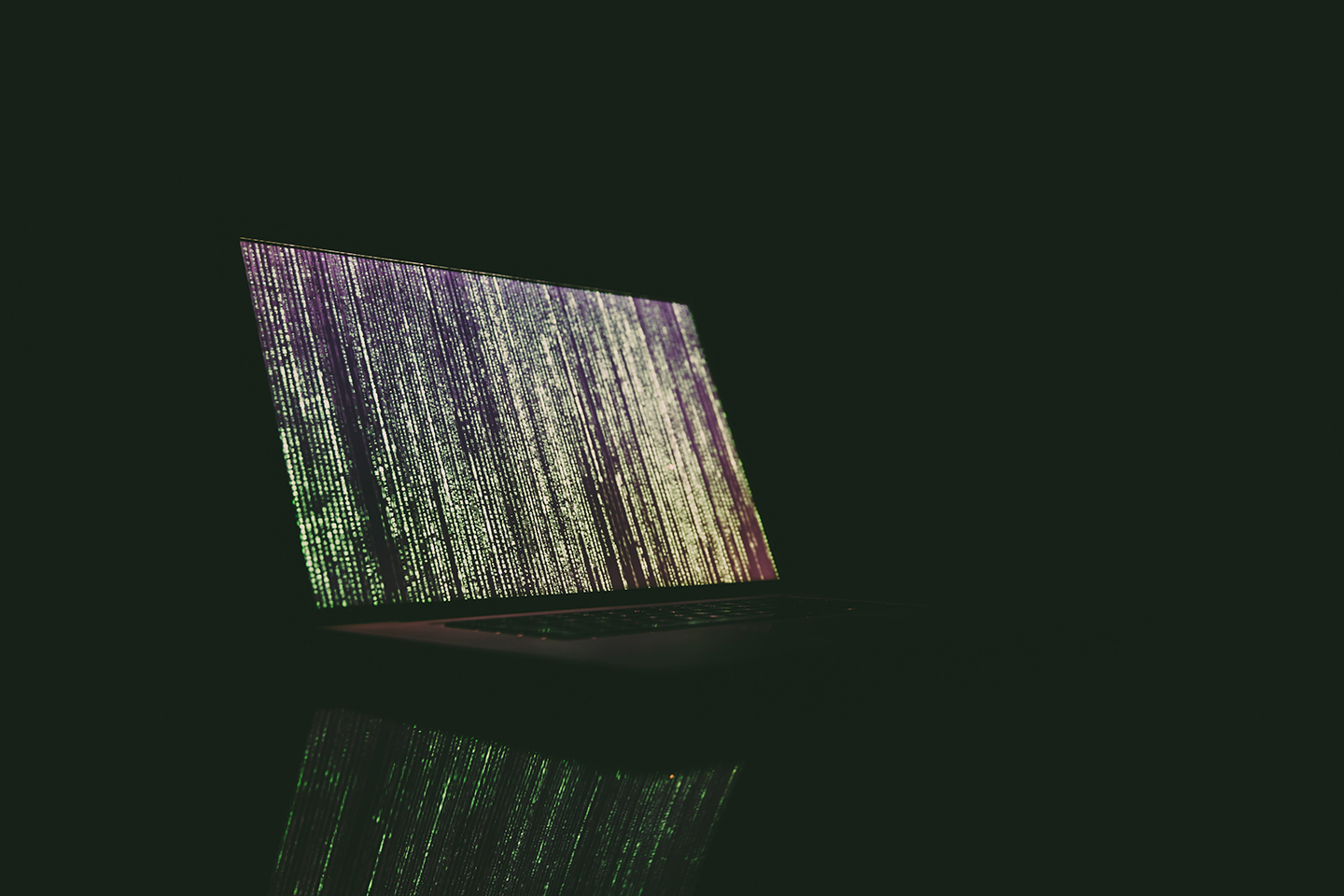News
Turning Down the Noise with Quantum Control

Credit: IBM Research, licensed under CC BY-ND 2.0
When people talk about the potential benefits of quantum computers, fertilizers come up, believe it or not.
The chemical process used to make today’s fertilizers essentially bakes and squeezes the nitrogen that plants need into molecules they can actually use, such as ammonia or nitrate. But it comes at the cost of emitting 2–3% of the world’s carbon dioxide.
“The problem is that that process was invented around 1909, and we haven’t been able to find a better way for over 100 years,” said Nam Le, a computational engineer at the Johns Hopkins Applied Physics Laboratory (APL) in Laurel, Maryland.
Le does a lot with simulating complex chemical processes, using a powerful computational tool called density functional theory, or DFT. It’s one of a few modeling tools that can account for the many quantum mechanical effects that occur during chemical reactions or are needed in the design of new catalysts, but it has some “blind spots,” as Le calls them, that can make some of the tool’s predictions poor and the design of new catalysts very slow.
That limitation in part is what has made it hard to improve the fertilizer process, he said.
“If we could figure out how to address the ‘blind spots’ of DFT through more accurate simulations on quantum computers, we could likely invent a better process sooner,” Le said. “It would be a game-changer for many fields.”
With a computing process driven by quantum mechanics, quantum computers are touted as the potential solution to making not just a better way to make fertilizers but also better solar cells, innovative medical drugs and materials for extreme environments.
But to date, the quantum computers designed are too small to outperform even desktop computers, and they’re incredibly sensitive to electrical, magnetic, thermal and quantum “noise,” rendering them at best error-prone and at worst useless.
A team at APL, led by theoretical physicist Dave Clader who will speak at the Laboratory’s upcoming forum on quantum computing, is striving to overcome these hurdles by relaying concepts from a field the Lab’s researchers and engineers are well practiced in: control theory.
Whether it’s keeping a quadcopter steady in the air, maintaining a car’s speed through cruise control, or landing SpaceX’s reusable Falcon 9 rocket, control theory is at work. It uses a series of feedbacks to regulate or correct a system and suppress unwanted interactions that come from the environment.
Adding such control protocols to quantum systems is expected to make them less “noisy” and thus more accurate, Clader said, a detail that has attracted renewed attention to the field of quantum control. Decades-old classical approaches are crucial in that development.
“While the quantum world is quite different from its classical counterpart, a lot of the techniques that have been developed over the years can be translated from the classical to the quantum domain,” said Greg Quiroz, also a theoretical physicist at APL. “A large number of quantum control protocols have been either direct translations of or inspired by classical control protocols.”
The APL team is developing the schemes needed to add these controls to quantum computers, particularly developing protocols that can characterize the environmental variables causing noise, and adding protocols that will let programmers develop noise-resilient algorithms without needing to know all the ins and outs of what’s causing that noise. It’s a bit like putting up the scaffolding to help construct the final “quantum” building.
The work is still in the research phase, Clader noted. But using a combination of experimental work with small numbers of qubits — the fundamental “bit” of information in quantum computing — as well as some theory and modeling work, the team is taking steps toward developing the tools that can later be applied to large quantum processors as they become available.
“We have some early, preliminary results,” Clader said, the details of which will be analyzed and published in the future. “There’s just a ton of reasons why quantum control is more complicated than classical control.”
The work they’re doing, though, helps pave a way to making quantum computers more useable, putting one step forward to seeing whether quantum computers really can help improve processes even as basic as fertilizer production.
“While quantum control is only a piece of the puzzle, it is a necessity if we ever wish to build large-scale quantum processors,” Quiroz said.
Quantum: Imagine the Impact Event
Quantum computing is the focus of APL’s third annual Research Frontiers Forum, “Quantum: Imagine the Impact.” The virtual event, set for Oct. 22 and 23, will grant attendees from academia, industry and government a perspective on quantum research, including basic science and application, and the politics that will connect them.
